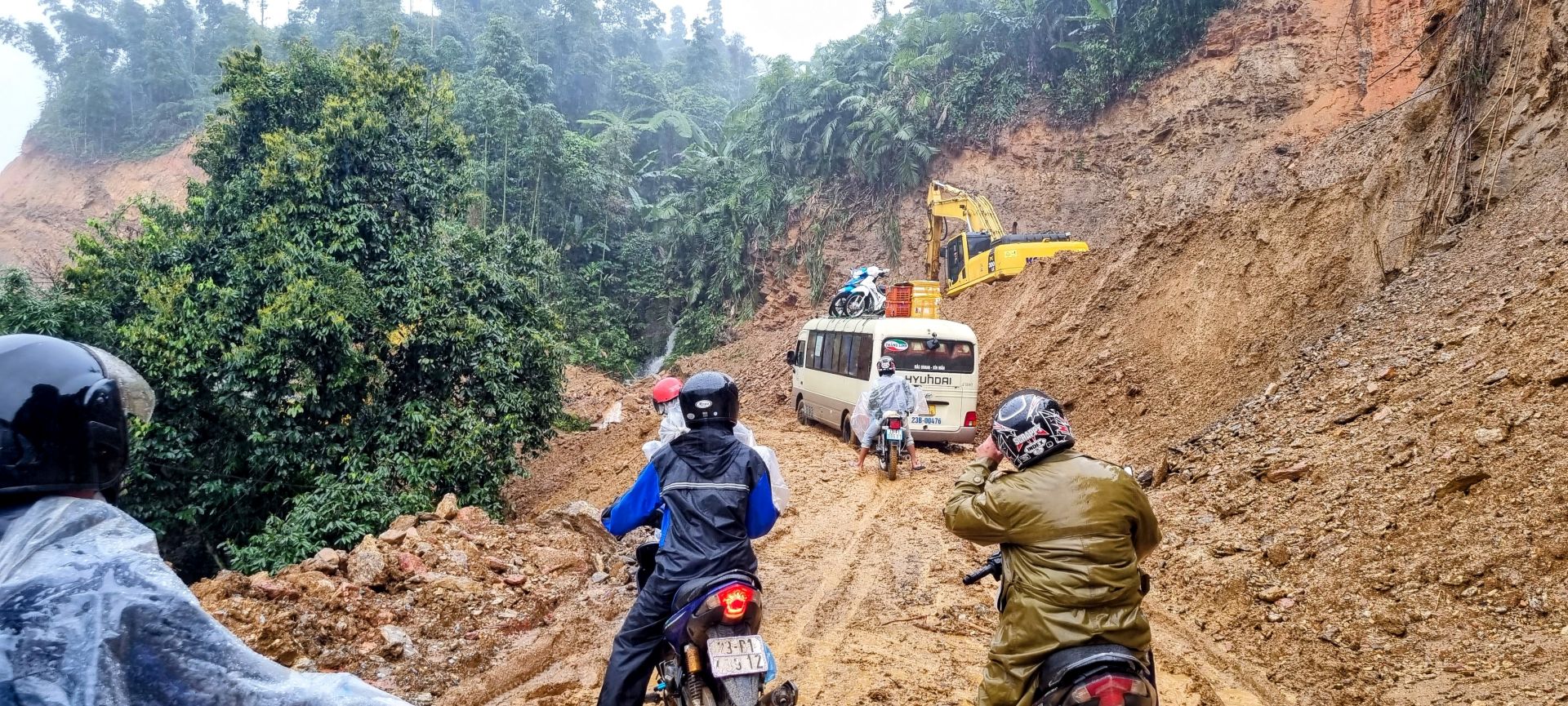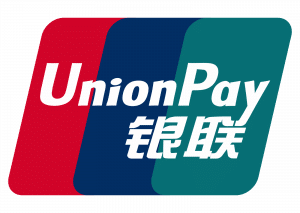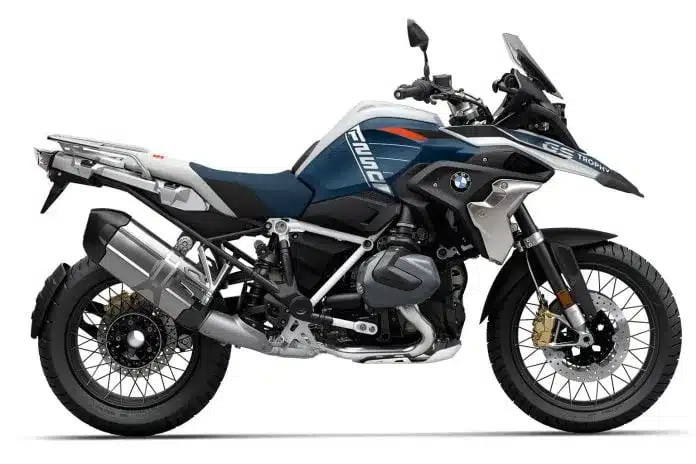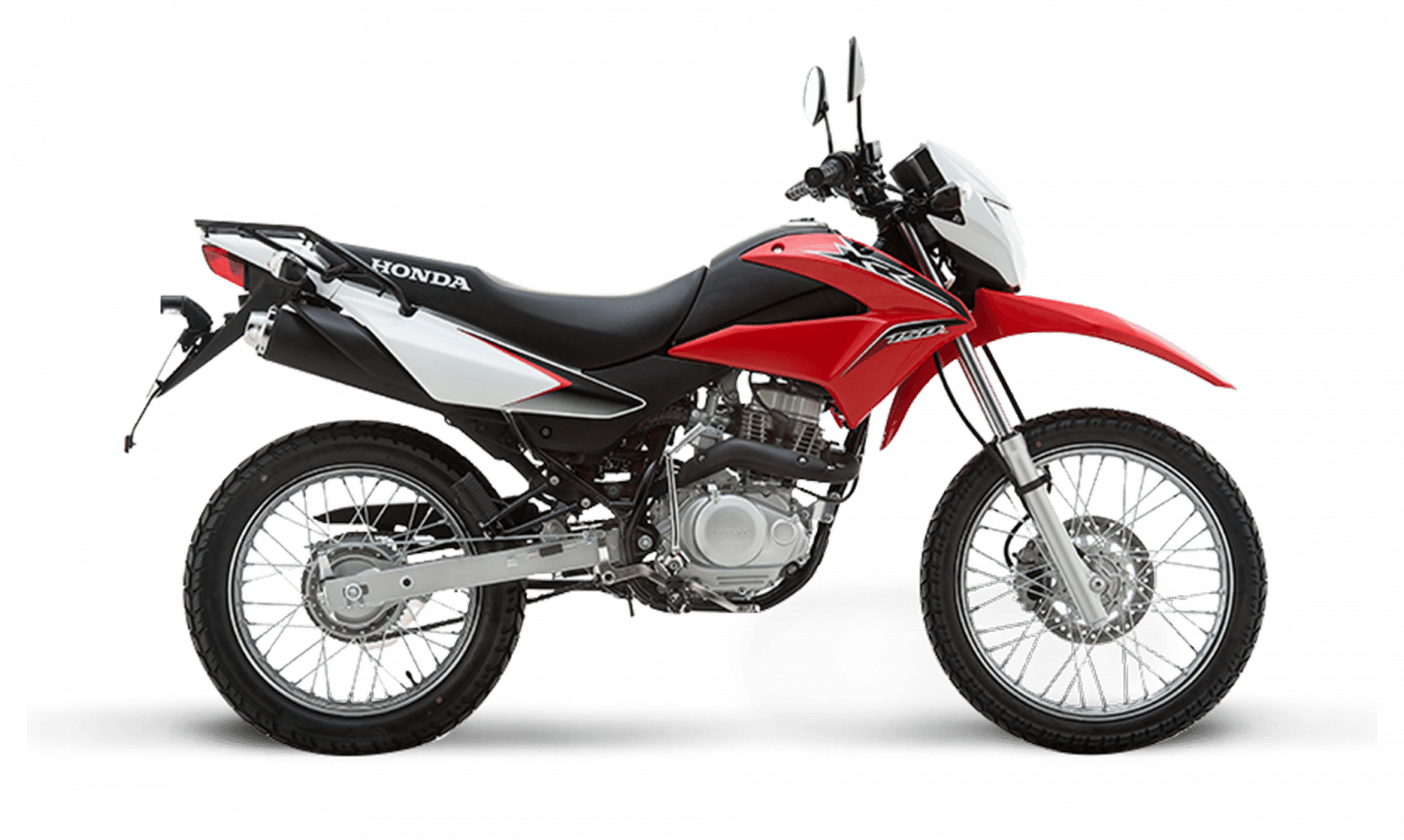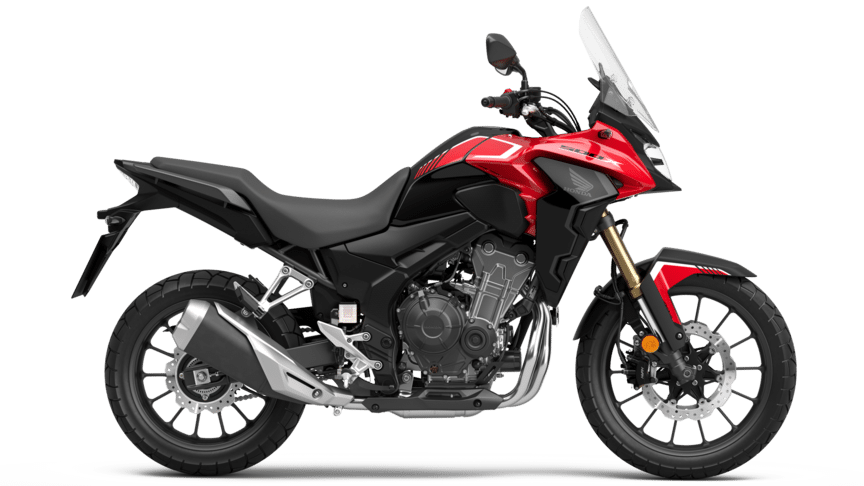Vietnam Can Get Wet!
Every motorcyclist knows the adventures of an open road include sudden changes in weather along the way. Flooding in Vietnam is one of the country’s biggest hazards, and that dry clean stretch of road can change to a stormy wet surface which can last for hours. If you’ve packed your rain suit or even if you’ve forgotten to, there’s no reason you can’t ride on!
Storms, rain, and heavy winds can pose quite some danger for motorbike riders who are caught without the right preparation or experience. Every rider needs to be capable of handling themselves when the weather takes a turn for the worse. This is especially the case for monsoon season. Flash flooding in Vietnam can happen at any moment.
So, when driving through flooded streets becomes unavoidable, what can motorcycle owners do to ensure they make it safely through flooding in Vietnam, and with a bike that still works?
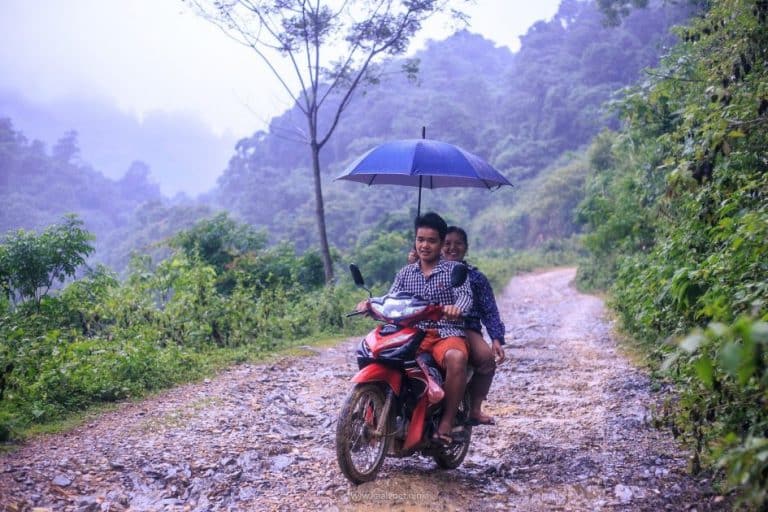
7 Steps to Successfully Take your Motorbike for a Swim
1. Assess and Observe
Can you find another route? Can you wait it out? If there’s no turning back and you have little choice but to push on through, pause to study other vehicles first. Guess the depth by noting how far up their wheels the water is rising; try to guess where submerged obstacles may lie ( sidewalks or manholes). Consider what routes might offer the highest ground (often the middle of the road is highest), and decide whether it’s possible to get through the flooded streets safely at all. Also, don’t just assume that because the guy in front made it, that you can.
Anything deeper than your knees simply isn’t worth attempting, and if the water is flowing rapidly, you can easily be swept over (and away).
Don’t take any unnecessary risks.
2. Open the Throttle
In order to keep water from flowing into the exhaust (should it end up underwater), keep your engine speed high. This means riding in first gear while slipping the clutch. If you’re riding an automatic, “drag” the back brake by applying mild but constant pressure on the lever to achieve the same effect.
3. Fast, But Not Too Fast
Remember how hard it is to wade through water? Your bike is feeling the same thing. In order to counter the resistance, maintain a brisk speed and try not to let your feet drag in the water. This means you’ll get to drier ground faster, but also will prevent your bike from stopping altogether, which is the last thing you want.
In the right conditions, a moderate “jogging” speed will help push water away from your precious air intake, though be sure your wake won’t affect other drivers nearby.
When it comes to speed, try to find a balance. Too fast and you won’t be able to steer, and you (and your bike) may end up in the wet stuff. Too slow and you won’t benefit from the decrease in water depth that results from pushing water away in front of you.
4. Pause if You Can
If you can get out of the flooded streets and find a patch of high ground halfway through, perhaps on a sloped driveway or sidewalk, take a few moments to let your bike recover before continuing. Some storms in Vietnam pass through quickly.
5. Don’t Drop It!
While your average scooter can handle 30 centimeters or so of water, if you drop the bike, or if the water is too deep, and the entire engine ends up underwater, you’re done. It’s time to find a mechanic. Switch it off (ideally, before it drowns and cuts out on its own), put it in neutral and start walking. If water has entered the engine, you may need a full disassembly.

6. Get Indoors
Once you’re safely through, get the bike out of the rain and let it recover overnight. It’s been quite an ordeal for the poor thing. If it still sounds sick the next day, a brief (and affordable) trip to the mechanic for an oil change and check over is a wise move.
Rust may have formed on your brakes overnight, and therefore they may not work so well immediately. Before you actually need to use them, ride with the brakes lightly applied for ten seconds or so to remove any corrosion.
7. Time for a Shower (Not Another Bath)
Flood water is filthy. Really filthy. Be extremely careful if you are wearing sandals and clean any cuts thoroughly with sanitizer and Iodine liquid. In addition to giving yourself a good scrub down, get your bike to the nearest car wash.
There is no real reason that you would HAVE TO drive through flooded streets. Get things in perspective, wait it out, call work and say you will be later (others will, too). Don’t be a hero or martyr; enjoy Vietnam storm from a dry cafe and live to ride another day.
